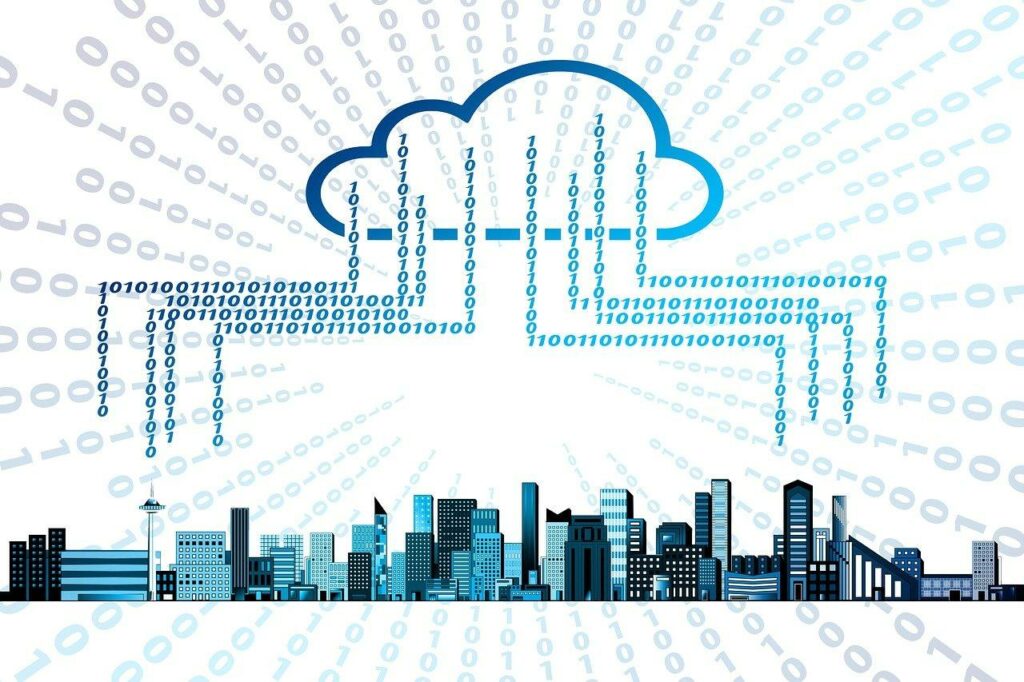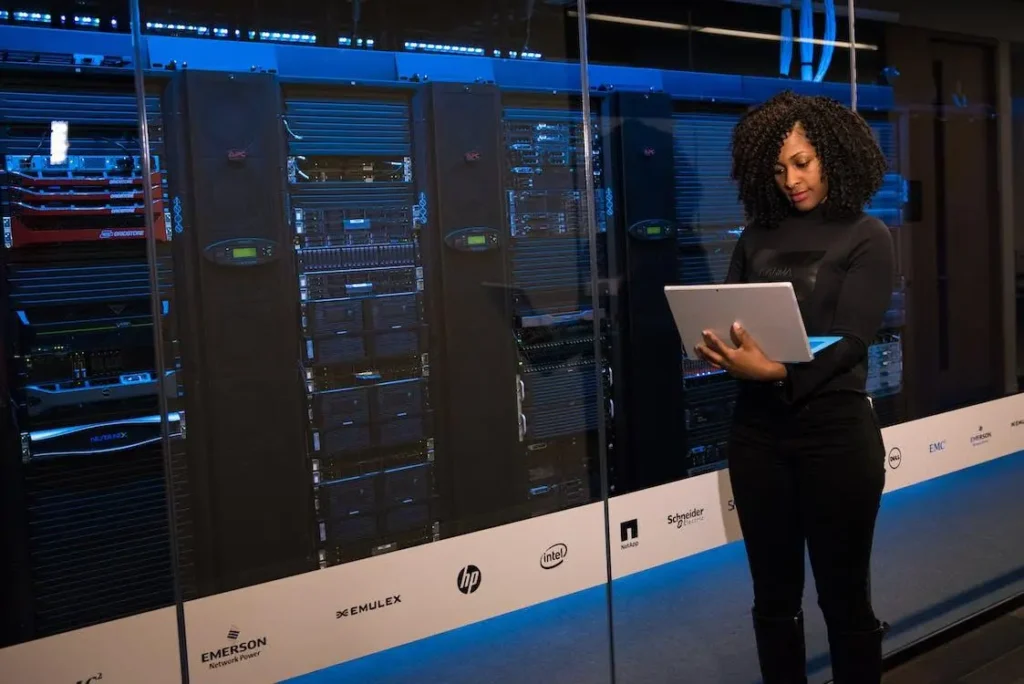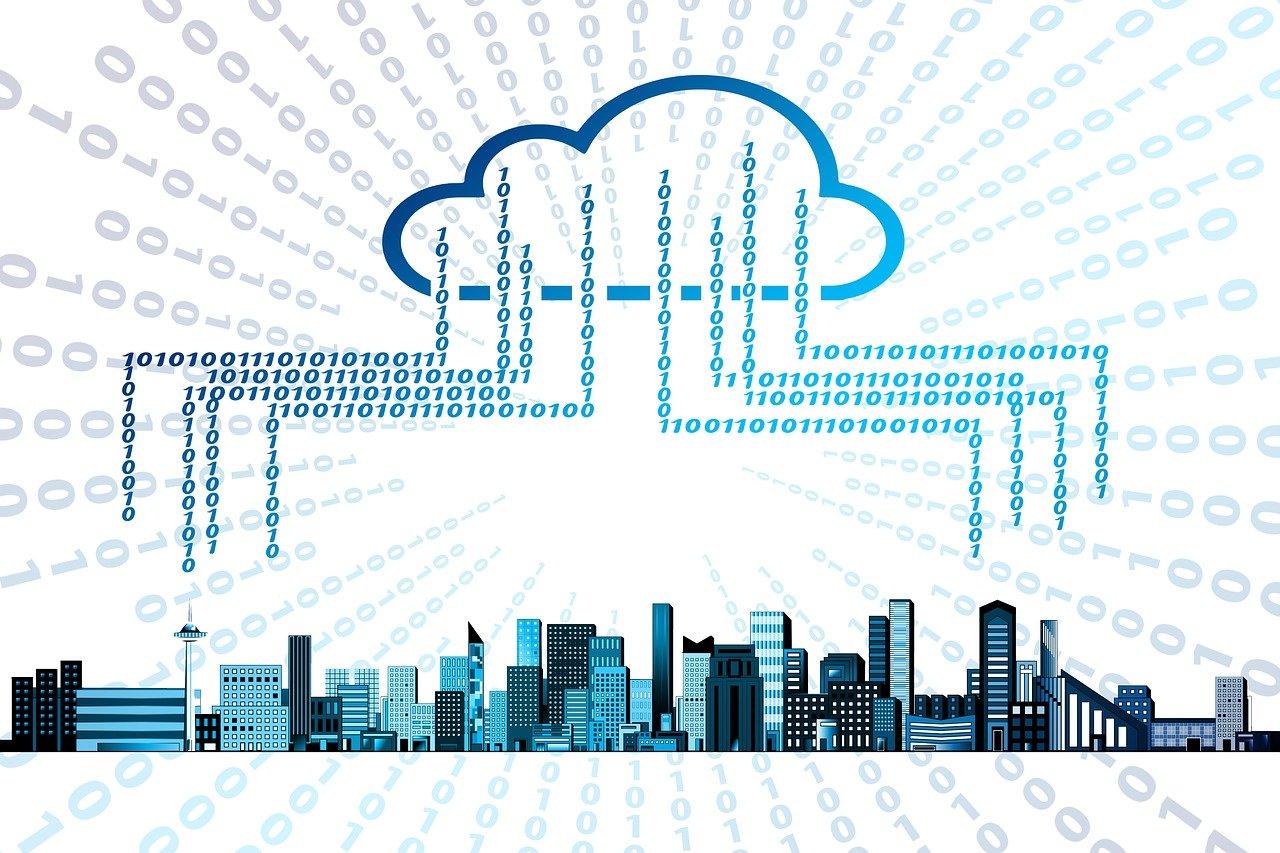Brief IT Introduction and Recommendations

Photo by Geralt
https://pixabay.com/es/illustrations/nube-almacenamiento-3843352/
During the last few years we have seen reports and studies carried out by the main players in the cloud services sector, concerned about the environment. In these studies they urge us to use their systems for various reasons, such as saving energy consumption, increasing the use of renewable energy and reducing our carbon footprint compared to on-premise systems.
It is true that a good use of cloud systems optimizes many of the factors that cause the increase in emissions or the consumption of resources, but the feeling that digital information does not take up space is also being transmitted, encouraging users to don´t delete and store absolutely everything in a cloud that seems to have no limit.
Use of cloud systems
The client-server architecture was a great advance for the implementation of services in companies. Many still keep their large computers for file storage, printing, databases, etc, in an on-premise model.
This architecture meant the purchase of oversized machines, hoping that they could support greater loads in the future, and that they had to be on permanently, in addition to their administration costs. These problems improved with the appearance of server clusters, which continued to be hosted by companies, but where progress and cost savings of all kinds really came, was with the appearance of cloud systems and virtualization.

Photo by Cristina Morillo
https://pixabay.com/es/illustrations/nube-almacenamiento-3843352/
Companies began to migrate all their systems to data centers, which optimized their resources to lower costs by providing the same service. With this new system, it was not necessary to buy the machines and maintain them permanently, instead you can pay for use, turning them off when they are not needed. All this led to savings in terms of hardware production and lower power consumption for each process executed.
According to the study carried out by Microsoft [1] “The carbon benefits of cloud computing. A study on the Microsoft Cloud in partnership with WSP”, cloud computing reduces the carbon footprint of companies and increases the use of renewable energy. All this means that fewer emissions are generated than on-premise systems, becoming up to 93% more energy efficient and up to 98% more efficient in terms of carbon footprint.
Digital Trash

Photo by Master1305
https://www.freepik.com/free-photo/woman-drowning-water-plastic-recipients-pile-garbage-used-bottles-packs-filling-world-ocean-killing-people_13636054.htm
As José A. González points out in his article “What is the price of keeping 20,000 emails in the inbox?” [2] published in the ABC, a Spanish newspaper, the concept of digital Diogenes is appearing. By not having such a physically clear vision of the generated trash, on many occasions information is stored even if you will never use it again.
Only in Spain, more than 100,000 million WhatsApp messages are generated and six out of ten emails are never opened, generating digital trash with a simple gesture.
To all of the above, let us add that in addition to messages through different means, we also store files, documents, graphic material, videos, etc., in different cloud storage. In some cases, every photograph we take with our mobile devices is automatically stored in these systems with unlimited storage, being material that we possibly did not even intend to save.
Where do we store our information?
We have various ways of storing our valuable information. One of them is by using external hard drives, which are connected to the computer when necessary and turned off when not in use.
Another option is to use cloud systems, which use hard drives that remain on 24 hours a day, consuming electricity unnecessarily, waiting for you to request any of your files stored there, resulting in an increased carbon footprint.As stated in the article “What is the Carbon Footprint of Data Storage?” by Stephanie Safdie [3], “The hard drive on your computer only requires a fraction of a kilowatt to save your information, whereas the electricity required to save something to the cloud is around seven kilowatts. If someone stores one terabyte of information on the cloud using data storage, according to electricity rates in the U.S., that means they are creating a carbon footprint equivalent to 2 tons annually.”
Good practices
All of the aforementioned does not mean that we cannot use the technology at our disposal, but it does mean that we must make responsible use of it and prioritize services in which we are guaranteed that the energy consumption they require is produced with mostly renewable energy.
From the GreenCo project, we try to raise awareness among our primary target group, young people between 15 and 29 years old, and to general public too, that with responsible use and avoiding bad practices, we can improve our planet.
Some simple measures that we can take when storing files:

Photo by Peggy_Marco
https://pixabay.com/es/illustrations/ganador-escaleras-de-los-ganadores-1013979/
- If they are not relevant, delete them. Don’t be Diogenes.
- If you are not going to use them in a short period of time, use external hard drives that can be turned off during that time.
- If you are going to use them frequently because it is live information or you need to have it at your disposal at any time, use disks in the cloud.
- Try to select the companies that provide storage services that guarantee that an important part of the necessary energy consumption is produced with renewable energy.
If you want to learn more about this topic, keep an eye on the GreenCo project and its news.
References
[1] Microsoft Corporation. 2020. The carbon benefits of cloud computing. A study on the Microsoft Cloud in partnership with WSP.
[2] José A. González. 30/03/2023. ¿Qué precio tiene guardar 20.000 correos electrónicos en la bandeja de entrada?
https://www.abc.es/antropia/cuesta-tener-20000-correos-electronicos-guardados-20230329152420-nt.html
[3] Stephanie Safdie on Mar 14, 2023.
https://greenly.earth/en-us/blog/ecology-news/what-is-the-carbon-footprint-of-data-storage
